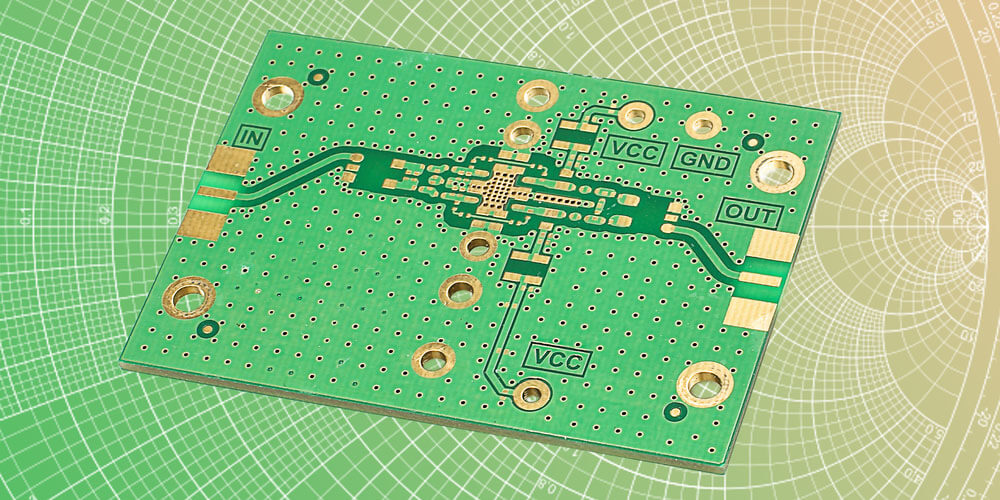Printed Circuit Boards have grown in popularity over recent years. They support electrical and electronic devices in daily home use or other applications like Medicine where the medical PCB is used. Manufacturers produce various forms of PCBs based on factors like materials, design, and how they are used. As for the material, it’s essential to know and understand how each one behaves, their advantages and limitations, and the type of PCB they can be used on. We discuss the materials used in PCB manufacturing below.
Materials Used in PCB Manufacturing
PCBs can either be rigid or flexible, depending on the choice of material. Every PCB has an insulating layer that is a poor conductor of electricity and is known as a dielectric material or substrate. Some examples include glass epoxy laminates, plastics, porcelain, and few metal oxides. The substrate is used alongside conductive metals like copper to allow current flow. Other materials include;
1. FR4
It is the most common type of material used in PCB. It is an epoxy laminate sheet reinforced with glass and has good tensile strength. Since it’s a composite material, its purpose is to offer mechanical support for all components on the board. Most people prefer it due to its ability to resist water, meaning it doesn’t get damaged if the electronic device gets in the water.
FR4 comes in three forms, i.e., standard, halogen-free, and high glass transition temperature. The standard kind is the most widely used and is the cheapest. The halogen-free and the type with a high glass transitional temperature work well with the lead reflow technology.
2. FR 1 and 2
These materials are suitable for use in the single-layer PCB and are made from phenol and paper elements. They have the same qualities, but the difference comes in the different temperature ranges during the glass transition. The transition glass temperature for FR1 is higher than that of FR2. Like FR4, the materials come in the same forms, i.e., the standard and halogen-free but have a new kind that is non-hydrophobic.
3. Polyimide
It is used to produce flexible PCBs and is made from Rogers, Kepton, and Dupont components, which are the reasons behind its excellent electrical properties. Its good at resisting chemicals, and its range of temperature is more comprehensive compared to other materials.
4. Prepeg
The material name means pre-impregnated, and it is not as popular as other material names used in PCB manufacturing. It refers to fiberglass materials filled or impregnated with resin. The dried resin is melted, allowing it to flow and immerse in the fiberglass. Prepeg is naturally sticky, and its adhesive layer provides good tensile and mechanical strength. This material’s resin content creates many versions, such as standard, medium, and high resin. The three types are also determined by structuring the layers, their thickness, and electric resistance.
Bottom Line
As listed above, several materials are available, and picking the right one, especially during the design process, is vital. Some of their qualities are similar while others are different, thus contributing to their use in various applications.
